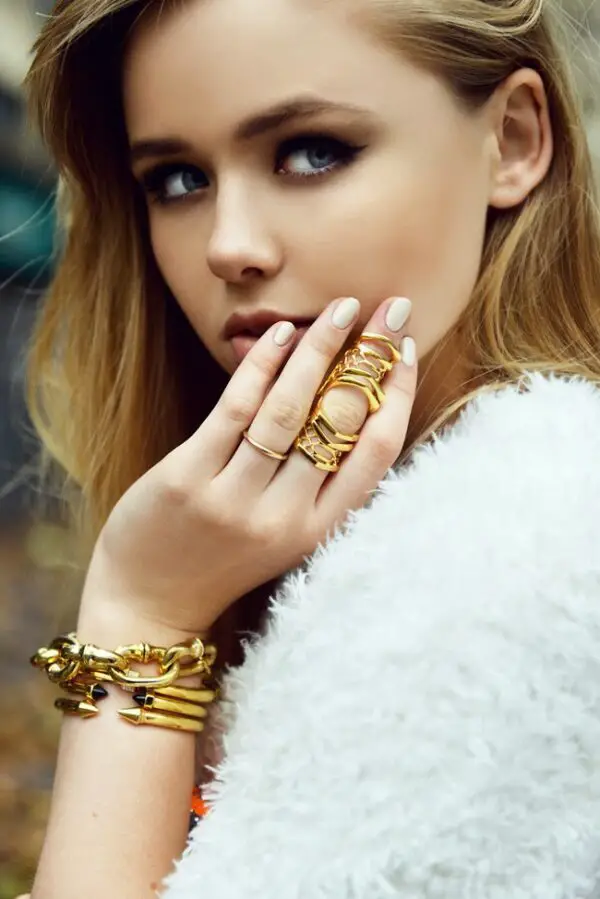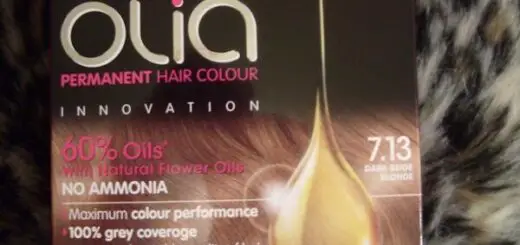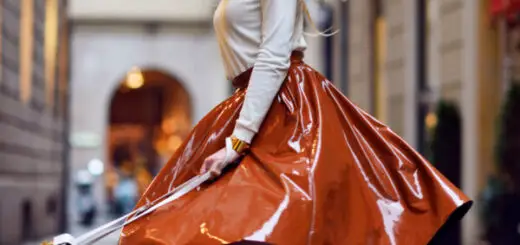7 Jewelry Myths Debunked – Glam Radar
The difference between facts and myths is sometimes tricky. Some came from a jewelry marketing technique while others rooted from family folklore, making it hard for us to determine the truth and myths. Keep on reading for our guidelines to debunk the most commonly believed jewelry myths out there.
Jewelry Myth #1: Diamonds are Forever


Diamonds are known to be the toughest mineral on the planet. Though diamonds are tough, they’re not indestructible. It’s true that only a diamond can scratch the surface of another diamond, and when you smash two diamonds together, they can break. Also, any hard blow like hitting an object such as a wall or a car door can result in the diamond chipping, fracturing, or breaking.
Jewelry Myth #2: Diamonds are the Most Rare and Expensive Stone


Many people seek out diamonds because they believe that they are the rarest stones in the world. However, this isn’t true of all diamonds as fancy diamonds, which are colored diamonds, are extremely rare, but most diamonds aren’t a rarity. There are a few different factors that impact gemstone cost, as you need to consider carat, clarity and cut, regardless of what color the diamond is. Other stones such as alexandrite, rubies over 3 carats, and finely colored aquamarine command high prices because they actually are extremely rare.
Jewelry Myth #3: Larger Stones Mean Better, More Expensive Jewelry



In the world of jewelry, size isn’t everything. There are many factors that need to be considered when determining the value of a stone, including clarity, cut, color, popularity and more. For instance, a 10K gold ring in with a poor-quality 5 carat emerald will be significantly less expensive than 18k gold ring with a 1 carat high-quality emerald.
Jewelry Myth #4: Semi Precious Stones are Inferior to Precious Ones





Within our industry, the term precious refers to valuable gems. There are only four precious stones like diamond, sapphire, ruby, and emerald while there are many semi-precious ones. Some rare and valuable semi-precious stones include alexandrite, demantoid garnet, tanzanite, and aquamarine. And although there are certainly precious diamonds out there, only those that are larger and have better grades are really considered precious and valuable. So, you also can’t classify diamonds as being the most valuable gem since all gems must be judged based on size and quality.
Jewelry Myth #5: Opals are Bad Luck



The sentiment likely originated due to the fact that opals are more fragile than most other gemstones and rivals of mining industry. During the Victorian era, opal mining was a British Industry as opals originated in Australia so France spread the opal bad luck myth to hurt their rival country’s opal trade. Thankfully Queen Victoria helped relieve some of the bad press surrounding opals, and it became one of the most popular stones of the Victorian and Art Nouveau eras. However, be careful handling your opal jewelry as they’re soft and brittle that can easily be chipped or cracked.
Jewelry Myth #6: There are Many Types of Gold




The most popular ones are white gold and rose gold while black gold and green gold are less popular. However, those are not pure gold as pure gold in its pure form is slightly reddish yellow in color. They do not mine white gold out of the earth because pure white gold doesn’t exist. In fact, white gold is an alloy made from gold and any white colored mineral like manganese and nickel. This technique also applies to other shades of the metal as combining gold with other elements creates beautiful variations of gold.
Jewelry Myth #7: You Can’t Mix Metals



Though wearing your gold and silver jewelry was considered as a fashion faux pas, it became trendy nowadays. Most fashion bloggers, celebrities, and fashion icons mix their metals together that actually looks good, especially when you’re stacking rings. Indeed, jewelry is one of the most timeless and fashionable pieces to invest for to create an elegant and fashion-forward style.







